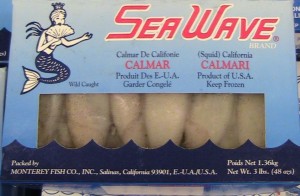How Canadian Labeling Laws Can Help You Learn French at the Supermarket
Even if you don’t live in Canada!
Canadians, and visitors to Canada, know that products sold in Canada have to be labeled in both English and French. It’s one of the things that Canadian customs checks for when products cross the border.
What you probably didn’t know is that these Canadian labeling laws make every trip to a Canadian supermarket AND every trip to a US supermarket a chance to learn more French.
You see, businessmen hate making separate English and French versions of the same thing, so a lot of times, they simply print both English and French labels on the same box so they can sell the same version to the US and Canada.
Pay Attention to French Labels
If you live in Canada, turn every trip to the supermarket into a chance to learn a few new French words.
If you live in the United States, turn every trip to the supermarket into a search for products labeled in both English and French. You will find them!
When you find one, compare the labels and learn to read the French words.
Make it a game!
You’ll turn your shopping time into French study time. What a deal!
———————————–
by Brent Van Arsdell
Brent is an engineer . . . and a world traveler. When he’s not traveling the world, he’s busy making software to help people Learn Canadian French and other languages.

 Login
Login
I have a question: What is the difference between:
garcon vs fils
ma compagne vs ma copine
J’aimerais vs je voudrais
Or are they both used interchangeably?
Thanks!
Also what is the difference between J’habite and Je vis